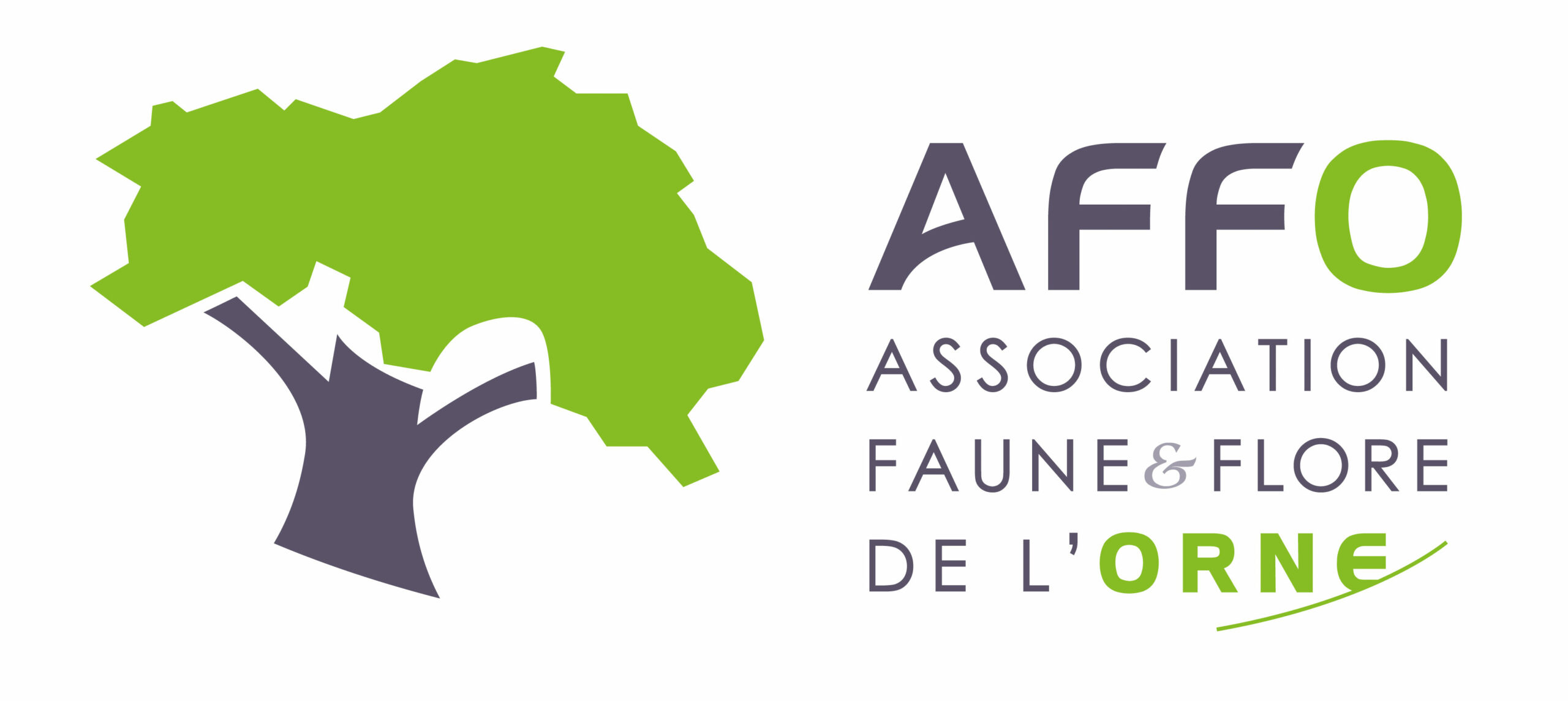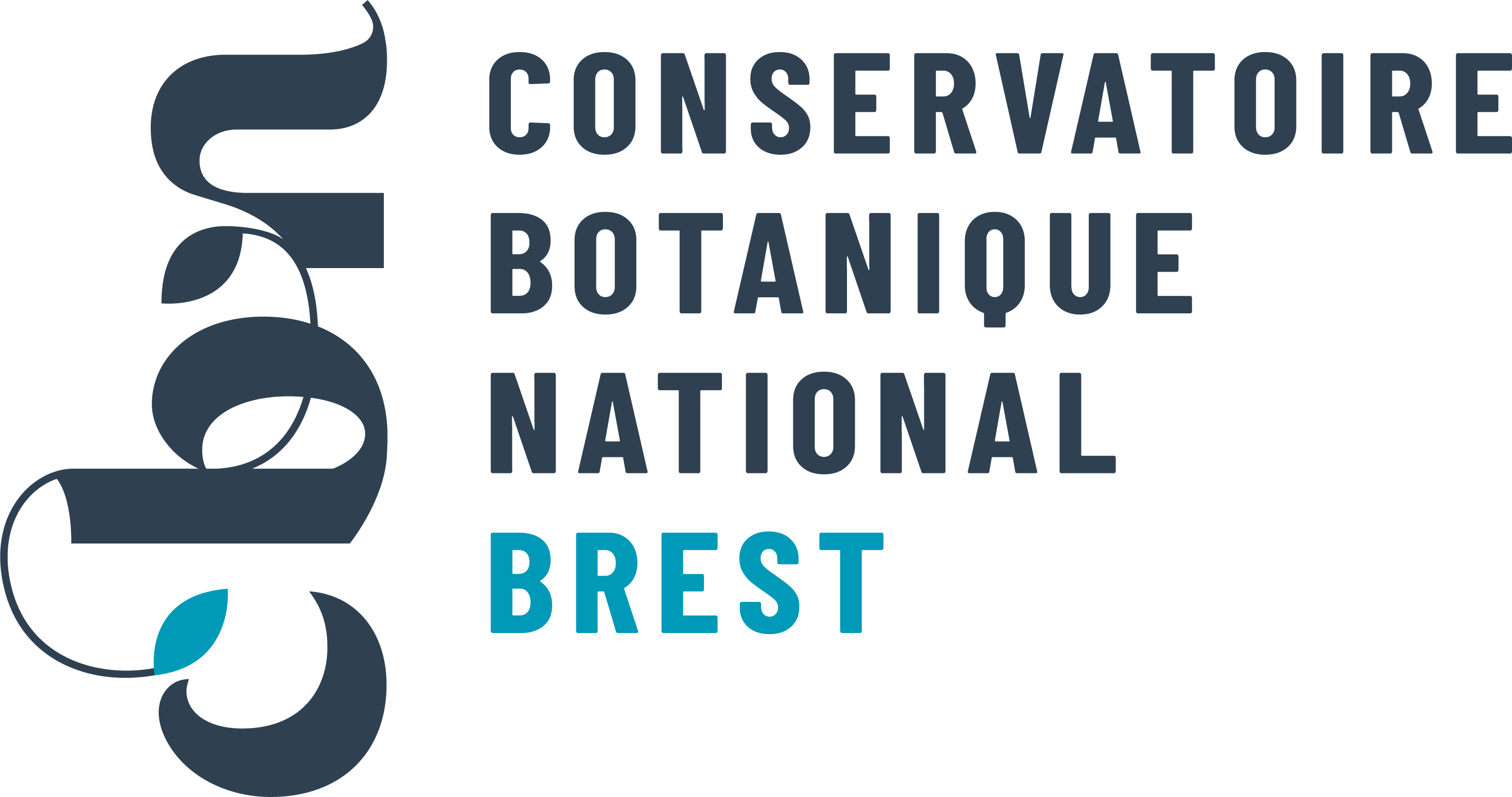Millepertuis androsème
Hypericum androsaemum L., 1753

Où cette espèce a-t-elle été observée ?
 Attention : cette espèce peut être présente où il n’y a pas de maille, mais à ce jour elle n’y a pas encore été observée.
Attention : cette espèce peut être présente où il n’y a pas de maille, mais à ce jour elle n’y a pas encore été observée.
- 61 observations
-
17
communes -
16
observateurs
7
organismes -
Première observation
1900 -
Dernière observation
2024
Belforêt-en-Perche - Bellavilliers - Bellême - Bonsmoulins - Chapelle-Guillaume - Coulimer - Feings - Longny les Villages - Luigny - Mortagne-au-Perche - Moutiers-au-Perche - Nogent-le-Rotrou - Perche en Nocé - Saint-Mard-de-Réno - Saint-Martin-du-Vieux-Bellême - Senonches - Tourouvre au Perche
-
Association Faune & Flore de l'Orne (AFFO)
Participation à 28 Observations
Part d'aide à la prospection : 45.90 %
Fiche organisme
-
UMS PatriNat (OFB-CNRS-MNHN)
Participation à 14 Observations
Part d'aide à la prospection : 22.95 %
Fiche organisme
-
PNR du Perche
Participation à 13 Observations
Part d'aide à la prospection : 21.31 %
Fiche organisme
-
Conservatoire Botanique National de Brest (CBNB)
Participation à 10 Observations
Part d'aide à la prospection : 16.39 %
Fiche organisme
-
PNR et géoparc mondial UNESCO Normandie-Maine
Participation à 10 Observations
Part d'aide à la prospection : 16.39 %
Fiche organisme
-
Conservatoire botanique national du Bassin parisien (CBNBP)
Participation à 6 Observations
Part d'aide à la prospection : 9.84 %
Fiche organisme
-
Ministère de la Transition écologique et de la Cohésion des territoires
Participation à 1 Observation
Part d'aide à la prospection : 1.64 %
Fiche organisme
Informations espèce
G1.A19 : Chênaies-frênaies pyrénéo-cantabriques
Répartition actuelle en France métropolitaine
© INPN - Avertissement : les données visualisables reflètent l'état d'avancement des connaissances et/ou la disponibilité des données existantes au niveau national : elles ne peuvent en aucun cas être considérées comme exhaustives.
Répartition actuelle dans le monde
Avertissement : les données visualisables reflètent l'état d'avancement des connaissances et/ou la disponibilité des données existantes au niveau mondial : elles ne peuvent en aucun cas être considérées comme exhaustives.












